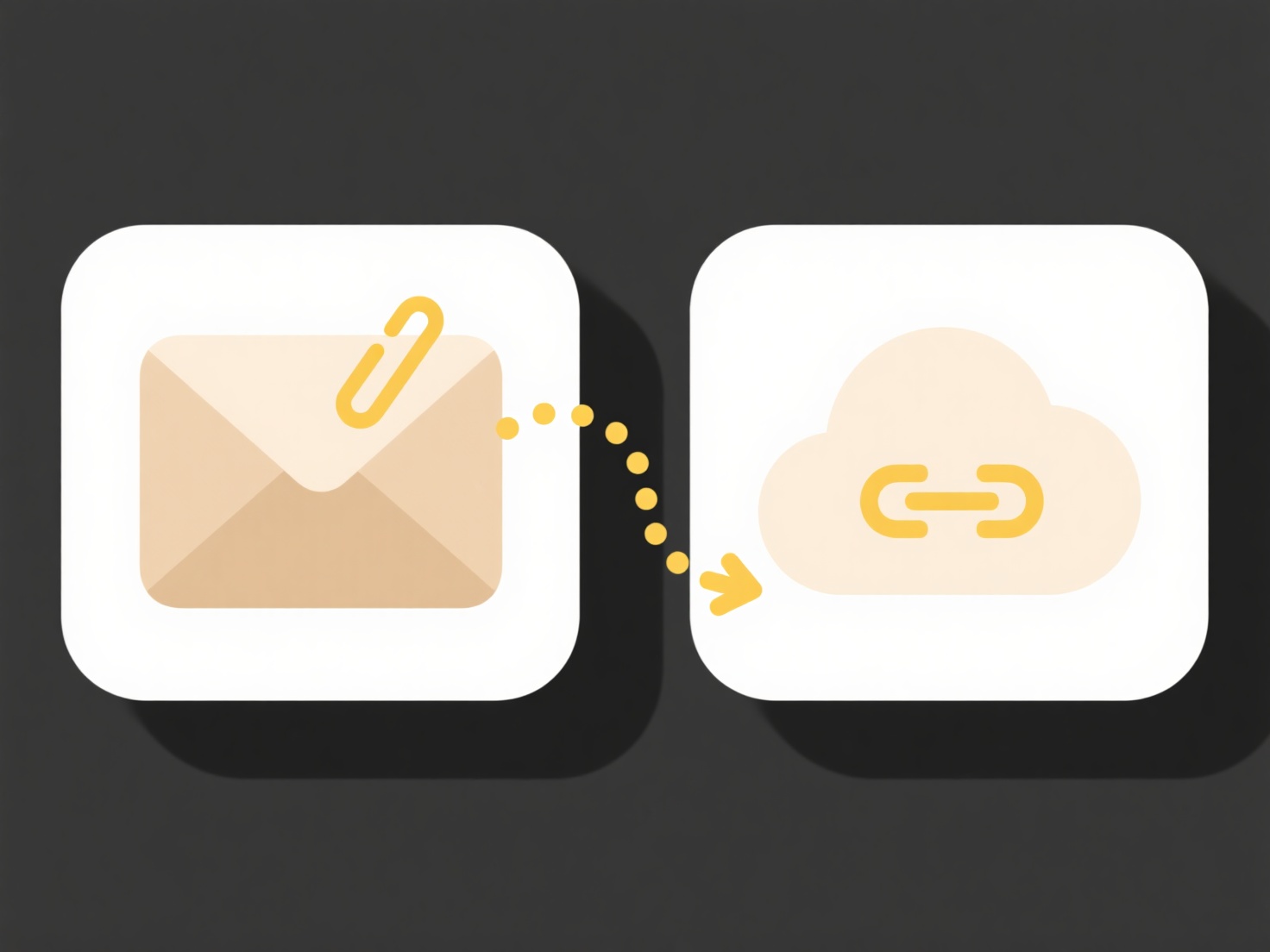
Auditing duplicates in a content management system (CMS) involves systematically identifying and managing redundant copies of content items. This process typically uses automated tools within the CMS or specialized software to scan the content repository. Instead of relying solely on manual checks, duplication auditing compares text content, metadata (like titles, tags, or unique IDs), filenames, or digital fingerprints to find near-exact matches or suspiciously similar items that might represent unintended replication or versioning issues.
A common example is using built-in CMS reporting features or plugins to find duplicated product descriptions in an e-commerce platform after content migration. Publishing teams frequently audit for accidentally republished blog posts or downloadable assets with similar titles but different URLs, especially in systems lacking robust version controls. Tools like XML sitemap analyzers or dedicated duplication crawlers like Screaming Frog can also aid this process for web content.

Regular duplication audits significantly improve content efficiency, SEO performance by preventing keyword cannibalization, and data integrity. Limitations include the potential for false positives (especially with boilerplate text) and the computational overhead needed for large repositories. Establishing clear content creation guidelines, unique identifiers, and approval workflows helps prevent duplicates and simplifies the auditing process, promoting a cleaner, more maintainable content ecosystem.
How do I audit duplicates in a content management system?
Auditing duplicates in a content management system (CMS) involves systematically identifying and managing redundant copies of content items. This process typically uses automated tools within the CMS or specialized software to scan the content repository. Instead of relying solely on manual checks, duplication auditing compares text content, metadata (like titles, tags, or unique IDs), filenames, or digital fingerprints to find near-exact matches or suspiciously similar items that might represent unintended replication or versioning issues.
A common example is using built-in CMS reporting features or plugins to find duplicated product descriptions in an e-commerce platform after content migration. Publishing teams frequently audit for accidentally republished blog posts or downloadable assets with similar titles but different URLs, especially in systems lacking robust version controls. Tools like XML sitemap analyzers or dedicated duplication crawlers like Screaming Frog can also aid this process for web content.

Regular duplication audits significantly improve content efficiency, SEO performance by preventing keyword cannibalization, and data integrity. Limitations include the potential for false positives (especially with boilerplate text) and the computational overhead needed for large repositories. Establishing clear content creation guidelines, unique identifiers, and approval workflows helps prevent duplicates and simplifies the auditing process, promoting a cleaner, more maintainable content ecosystem.
Quick Article Links
What happens if two files get the same name during renaming?
When files get renamed to identical names within the same folder, the operating system prevents this duplication to avoi...
How do I open proprietary music or DJ software files?
Proprietary music or DJ software files are project formats created by specific programs, like Ableton Live (.als), FL St...
Can I change the AutoSave interval?
AutoSave automatically saves document changes at regular intervals to prevent data loss. The interval determines how fre...